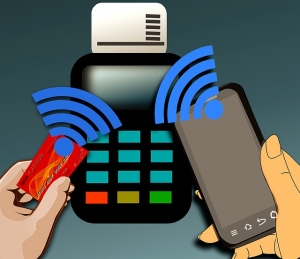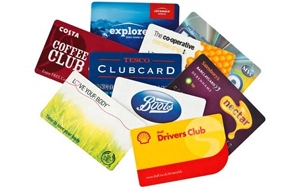Let’s face it, the mobile payments landscape is moving as slowly as the proverbial LA traffic jam. There’s a purse or wallet full of reasons for the slow adoption in the US including legacy systems, cost, merchant reluctance, the strong appeal of card rewards, and plain old consumer resistance to change.

The debit and credit card system work quite well as a vehicle for cashless payments. It’s easy to tap and pay or swipe with your card to buy something. No cash required. The big banks, credit card companies, the POS industry, and US retailers are all part of the legacy payments system. Just getting chip-enabled cards has been a challenge, so we have a long way to go when it comes to mobile payments.
Steve Villegas, Vice President, Head of Partnerships-North America at PPRO said mobile payments adoption in the US has really been a chicken and egg situation. “While the majority of US retailers have enabled acceptance of wallets (Apple Pay, Google Pay, Samsung Pay) consumers have been reluctant to use this technology to its fullest extent or potential,” he said.
The use case is still building
Villegas said the technology is already there, consumers just haven’t arrived at the station yet.

“While most consumers have smartphone technology with the capability to tie in their card of choice, they generally continue to pay using their traditional credit or debit card. The ecosystem is primed for mobile payments at the POS but it’s just as easy for a consumer to pull out their card of choice as it is to open up their Pay app on their smartphone,” Villegas explained.
“And since there is no real added benefit for the consumer, it becomes just another thing to enable with technology. This will inherently shift as generational change takes place,” he added.
Consumers love their rewards

Here’s the thing about rewards programs. They work. The average US household is enrolled in 18 loyalty programs although only active in 8.4 according to a Colloquy Loyalty Census. That’s 3.8 billion memberships.
Hardly surprising then that US consumers will not easily give up their cards with all the rewards in order to switch over to a mobile program with no additional benefits.
“Today there is nothing holding back a consumer from loading a card into their mobile payments wallet that offers rewards, but the adoption equation remains the same. If mobile payments (wallets) offered much more than they do, then this might be the natural reward for consumer adoption. The prime example is popular Chinese e-wallets such as Alipay or WeChat pay which offer additional services, the payment being just one piece of that,” Villegas said.
Why US business should encourage mobile payments?
In fact, Villegas said it’s the younger generations that will spur adoption of mobile payments technology.

“Preferring the familiar is the primary reason and there is no clear-cut benefit to adopting mobile payment apps. When a mobile phone can completely replace everything in our wallets (ie. driver’s license, loyalty cards, credit cards, insurance cards) that will be the turning point for mobile payments seeing higher adoption rates. Certainly, younger generations will use these technologies at a higher rate, especially as Generation Z is only now using their mobile devices for their life and living,” he said.
There is a cost to mobile payments, and it is a barrier for some US businesses. One key point about the reason for US businesses to enable mobile payments. If you’re going to sell to customers overseas, offering a credit card for payment is not enough. Local preferences, social and cultural differences, and new mobile competitors are all a factor when it comes to selling cross-border.

In the US at least, mobile payments are out there, smoldering, and ready to break free with new generations sometime in the future. Unless one or two of the smart thinkers in the US payments industry starts to offer big rewards, clear incentives, and more benefits to switching to mobile payments for consumers and business.
We might all be surprised at how quickly the mobile payments uptake happens as a result. So, any takers?
You can read more about mobile payments at PPRO.








LET’S CONNECT